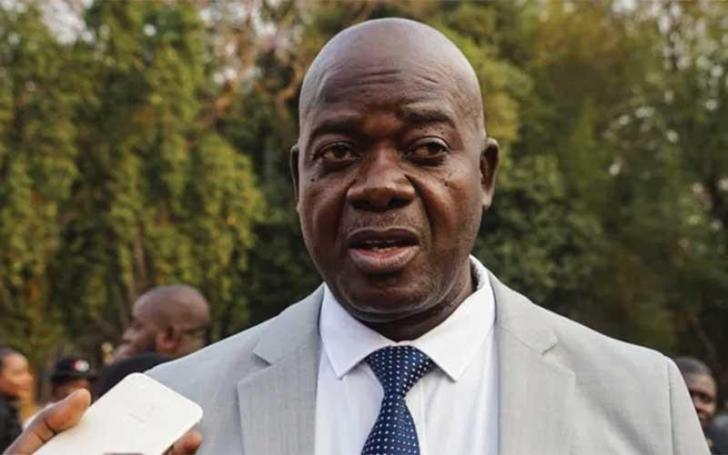News / National
Zimbabwe to recruit over 8,000 teachers in 2025
31 Dec 2024 at 13:31hrs |
0 Views

In a bold move to enhance education quality and reduce the teacher-pupil ratio, the Zimbabwean government will recruit more than 8,000 teachers in 2025. This announcement was made by the Minister of Primary and Secondary Education, Dr. Torerai Moyo, who expressed gratitude to President Mnangagwa for prioritizing education funding.
Dr. Moyo highlighted that 2024 saw the recruitment of over 5,000 teachers, which significantly reduced the high teacher-pupil ratio.
"With more support in 2025, we expect to recruit more than 8,000 teachers, aiming for a teacher-pupil ratio of 1:30 or 1:35," said Dr. Moyo in an interview.
The government is also taking steps to support teachers working in remote areas. Dr. Moyo confirmed that hardship allowances would be provided to educators who travel long distances to reach their workplaces.
"There is a hardship allowance because we know some of the schools are located quite a distance from living quarters. For teachers walking a kilometer or more, this allowance serves as a much-needed support," he explained.
Additionally, the government is upgrading rural schools to bridge the urban-rural divide. Dr. Moyo revealed that 150 rural schools have been equipped with solar power this year, a project supported by UNICEF, with more schools earmarked for similar upgrades in the coming year.
Under the Second Republic, the government plans to construct 2,800 schools to reduce the distances learners must travel to access education. Currently, the average distance for Zimbabwean students to reach the nearest school is 5km, significantly better than the African average of over 15km.
Efforts to decentralize teacher recruitment are also underway to ensure that competent teachers can be deployed to underserved rural areas.
Zimbabwe continues to outpace its African peers in education quality. Dr. Moyo noted that disparities in access to digital tools and electricity in rural schools are being addressed, further leveling the playing field for all learners.
The country's achievements in education are reflected in its literacy rates. While nine out of ten children under nine years old in Africa struggle to read or write, in Zimbabwe, only one in ten faces similar challenges.
With a significant portion of the national budget committed to education, the government remains steadfast in its mission to ensure that every child, regardless of location or financial status, has access to quality education.
Dr. Moyo highlighted that 2024 saw the recruitment of over 5,000 teachers, which significantly reduced the high teacher-pupil ratio.
"With more support in 2025, we expect to recruit more than 8,000 teachers, aiming for a teacher-pupil ratio of 1:30 or 1:35," said Dr. Moyo in an interview.
The government is also taking steps to support teachers working in remote areas. Dr. Moyo confirmed that hardship allowances would be provided to educators who travel long distances to reach their workplaces.
"There is a hardship allowance because we know some of the schools are located quite a distance from living quarters. For teachers walking a kilometer or more, this allowance serves as a much-needed support," he explained.
Additionally, the government is upgrading rural schools to bridge the urban-rural divide. Dr. Moyo revealed that 150 rural schools have been equipped with solar power this year, a project supported by UNICEF, with more schools earmarked for similar upgrades in the coming year.
Efforts to decentralize teacher recruitment are also underway to ensure that competent teachers can be deployed to underserved rural areas.
Zimbabwe continues to outpace its African peers in education quality. Dr. Moyo noted that disparities in access to digital tools and electricity in rural schools are being addressed, further leveling the playing field for all learners.
The country's achievements in education are reflected in its literacy rates. While nine out of ten children under nine years old in Africa struggle to read or write, in Zimbabwe, only one in ten faces similar challenges.
With a significant portion of the national budget committed to education, the government remains steadfast in its mission to ensure that every child, regardless of location or financial status, has access to quality education.
Source - The Herald
Join the discussion
Loading comments…
































